How did you start out in design? – As I child I was forever drawing, and pulling things apart to see how they went together. I had always admired modernist furniture (the first time I saw Poul Kjaerholms PK22 seems permanently etched in my memory as some kind of epiphany) and so Architecture school seemed like the obvious next step, and that was where I first discovered industrial design, as a practice in it’s own right.
What inspires you? – To many things to list. Of course the people who use my products and the spaces they will inhabit come first. Most of my jobs before going independent were at studios that had an architectural element, so I’ve always imagined my projects as part of a bigger picture, and as elements that contribute to a space.
Do you work from your own studio space? – It’s getting harder to find affordable spaces in London, especially if you work with full size furniture prototypes, and need more than just a desk space. I was lucky to find a fairly spacious studio in Hackney wick, which I’m slowly developing into the finely tuned mix of office and workshop that you need as an industrial designer.
What is the job of design in this current world we live in? – I think in some ways it has changed, and in some ways it’s the same as it always has been; or at least should have been. We should still be striving to create things that are useful, beautiful and lasting. The main difference is that the weight of the responsibility we take on, in using resources to create objects, is much more acute. We need to think about manufacturing differently; we need to consider a far longer life cycle for the materials we use, that extends beyond the product we put them into, and we need to make sure we design things that have functional and aesthetic longevity.
How does your design process work? – Many of my most interesting projects involve solving some kind of problem with a technical and, I hope, elegant solution. The TR Bulb for Menu is a good example of this approach; in the way it can transform any standard screw socket into a classic spherical lamp. Once I have an idea, I usually develop it through iterative physical mock-ups, bouncing between these rough prototypes and the computer, so that I can try to live with the products as they become more refined. Especially in lighting, you need to experiment and play with the lit effect and light output. Illumination can fundamentally change the perception of an object, and a light needs to work well in both states.
"Even after more than a decade, I somehow still feel like a new designer myself"
How do you connect with colour/materials? – I have a real fascination for materials and manufacturing techniques, so these tend to play a big part in my process. I’ll often start to think about how something will be produced from quite early on. I can be quite particular with colour, though I don’t feel like I work consciously with it, and tend towards tones that are driven by the materials I’m using. The colours I use tend to sit within an almost monochromatic spectrum, with carefully tuned, subtle hues to create a harmony with the natural materials, and so that they blend in rather than shouting for attention.
What do you do to relax? – I’m not sure I’m any good, but I do like to cook when I have a chance, ideally something that takes a really long time. Otherwise a beer, preferably something hoppy or sour.
What’s your favourite song? – This depends on the day, and mood, but I can’t hear Heavenly Pop Hit by The Chills* without getting a slightly homesick lump in my throat. Other days it can be anything from old school punk to 90’s east coast rap.
(*A band from the internationally influential New Zealand record label; Flying Nun)
Three words that describe you? – Determined, Slightly Awkward.
Work, life, play – how do you balance them? – The first few years of running your own studio leaves little room for balance, it’s more like integration, so I mostly cope by making them one and the same. Luckily my wife is also a designer (who makes functional hand made ceramics under the brand @studiolvu, and has her wheel in my studio), and as we’re expecting a baby in April, there’s already a high-chair at the meeting table in the studio ready for adding family life to the mix.
Futurism or classicism? – Both. I’m just as fascinated by the concepts of order and proportion that underpinned classical architecture, as I am excited about ideas for the way we’ll live in the future.
Art or design? – For me; Design. I love and appreciate art, but I think I would struggle to be creative without the demands of the commercial and technical constraints of design.
Home or away? – As someone who considers two places, 11,386 miles apart, as home*, that’s a tricky question. (*the UK and New Zealand)
What advice do you have to any new designer? – Even after more than a decade, I somehow still feel like a new designer myself, and the variety of projects I take on means there is always learning to be done. I would say, choose your first couple of jobs/projects based on what you want to learn. Early on I worked for Tom Dixon, which was a great opportunity to learn about every aspect of bringing a product to market. It was intense, but I surprise myself on a regular basis with the things I learned working for Tom.



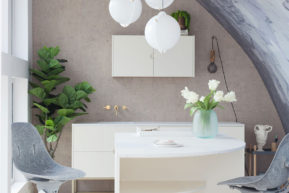
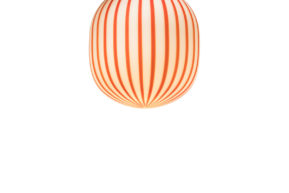
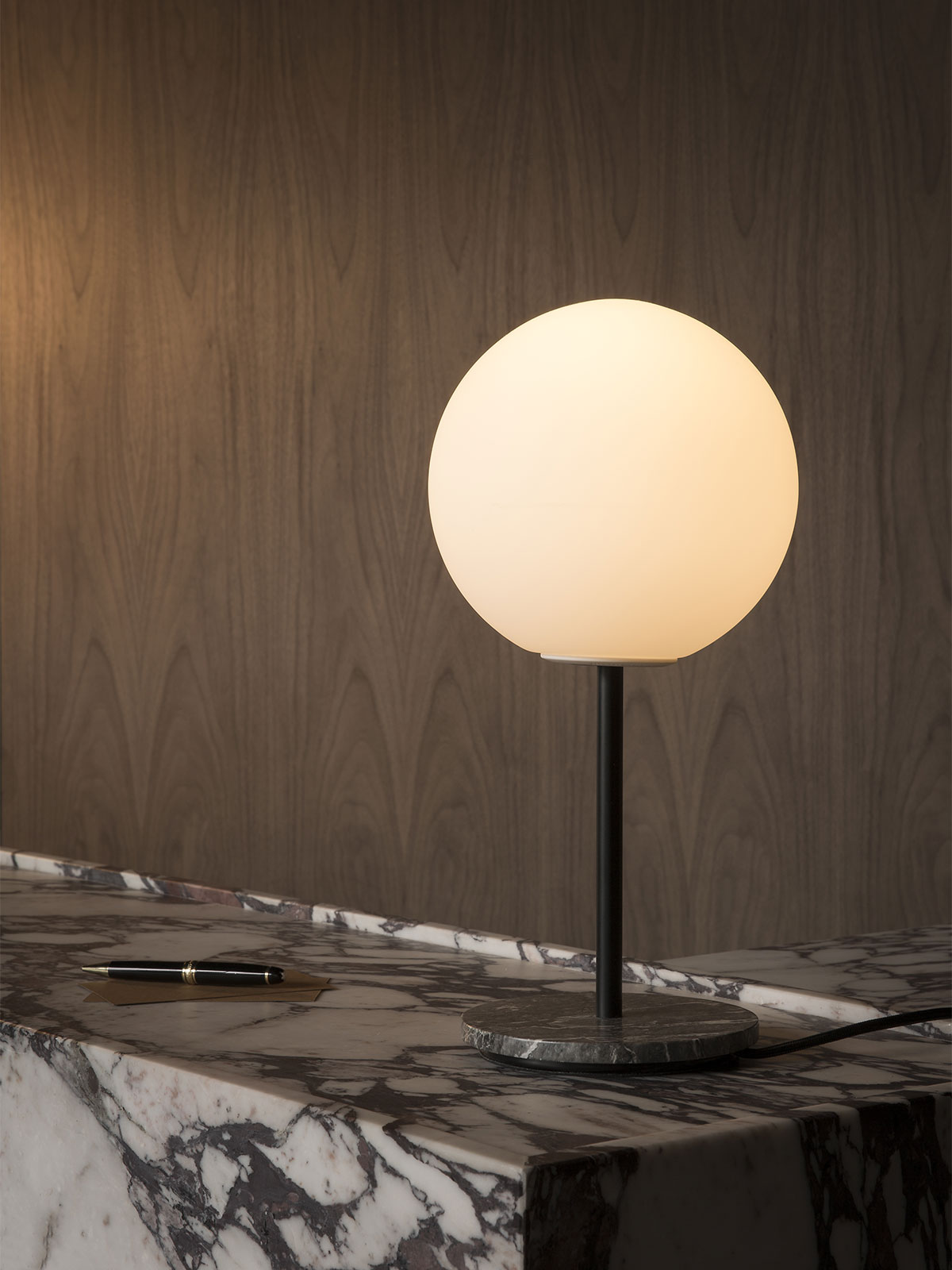
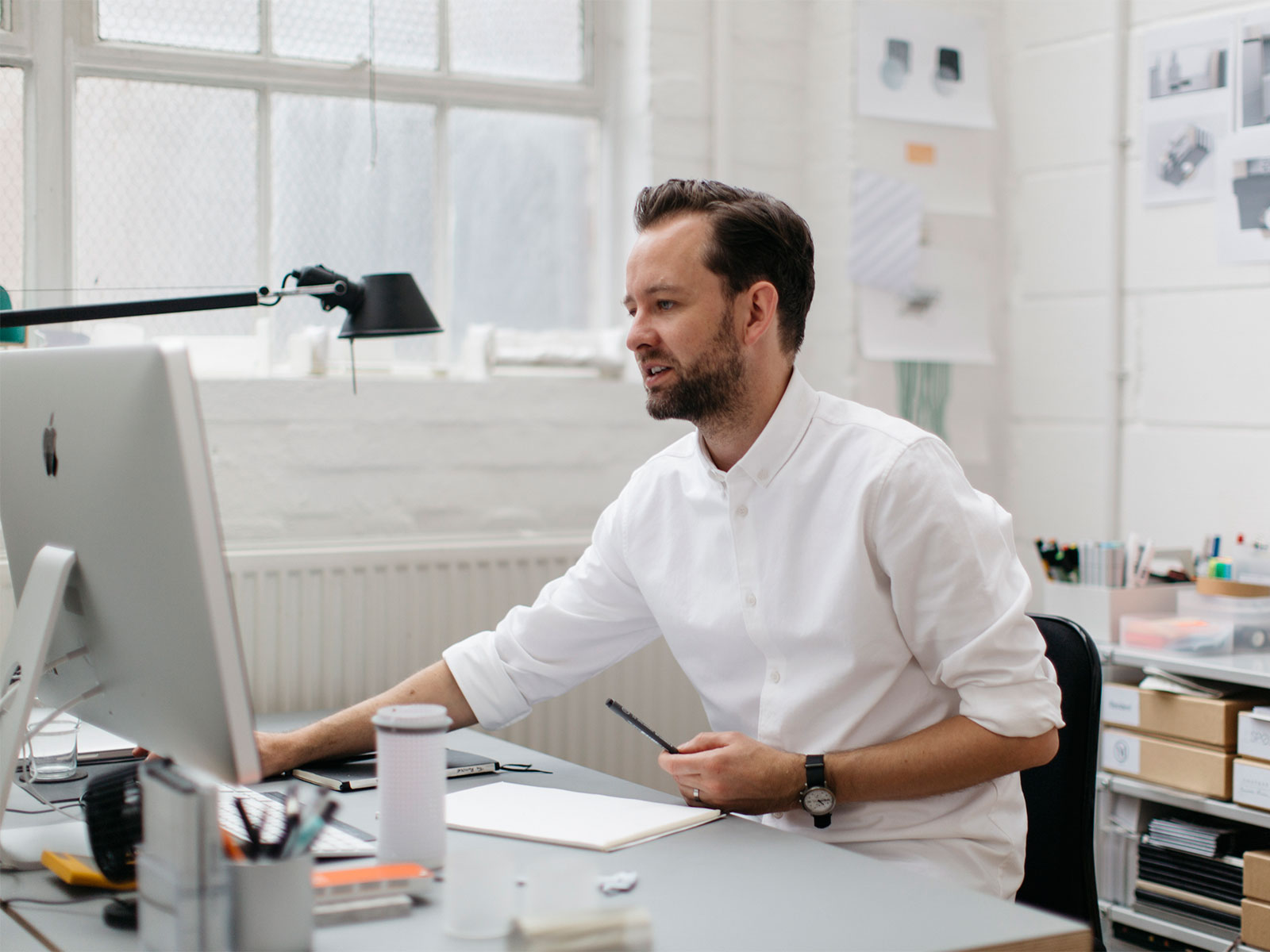
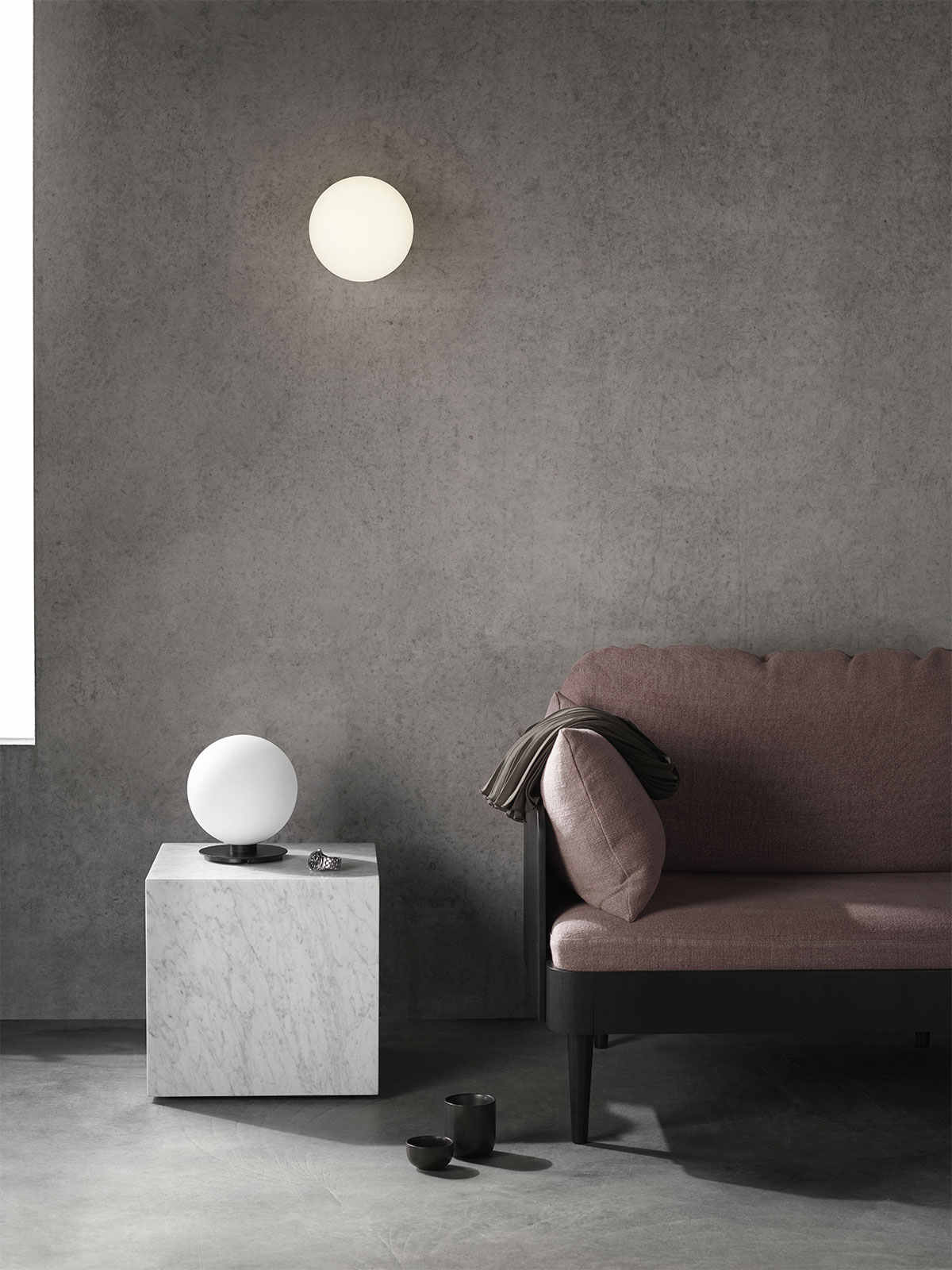
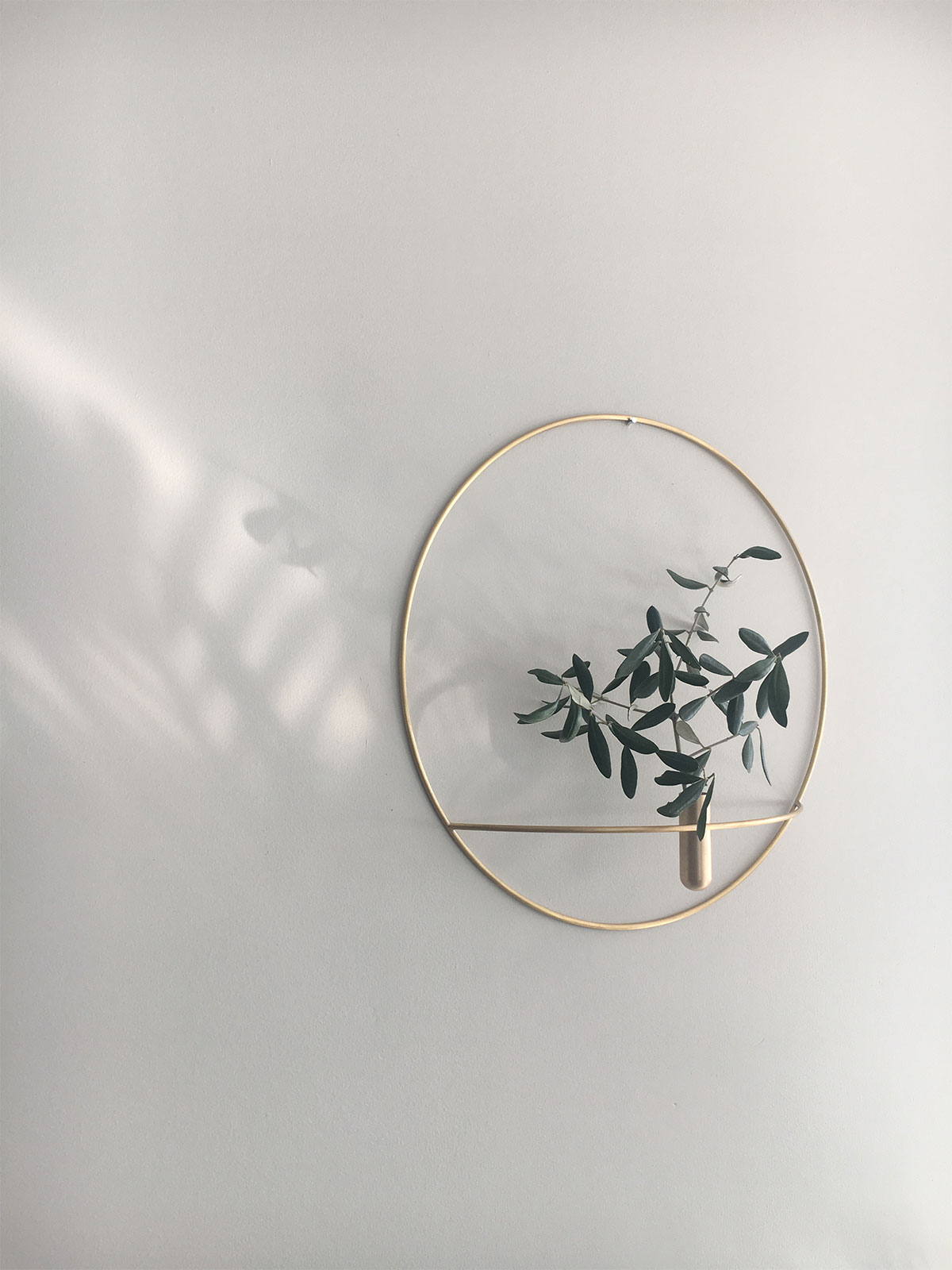
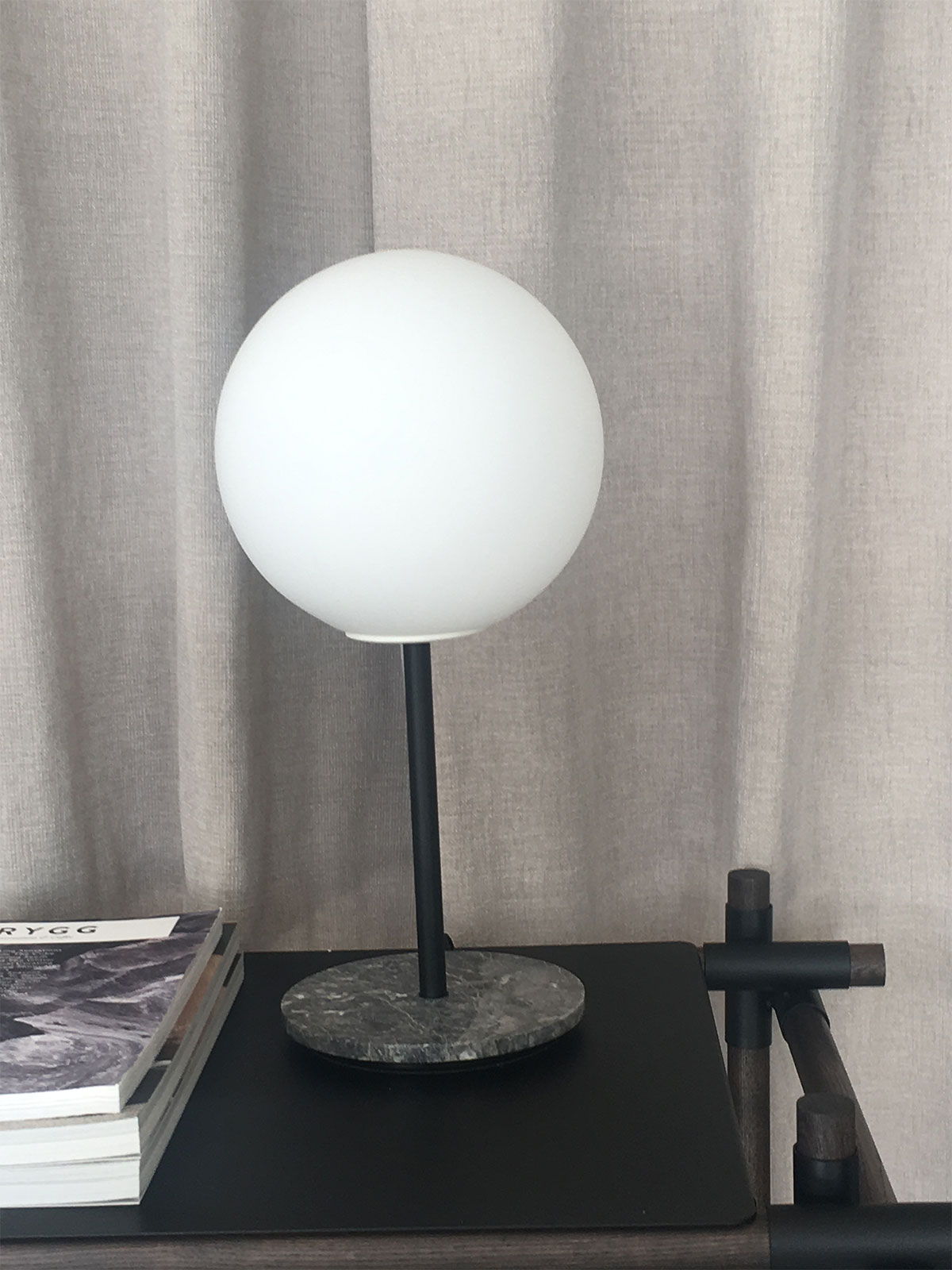
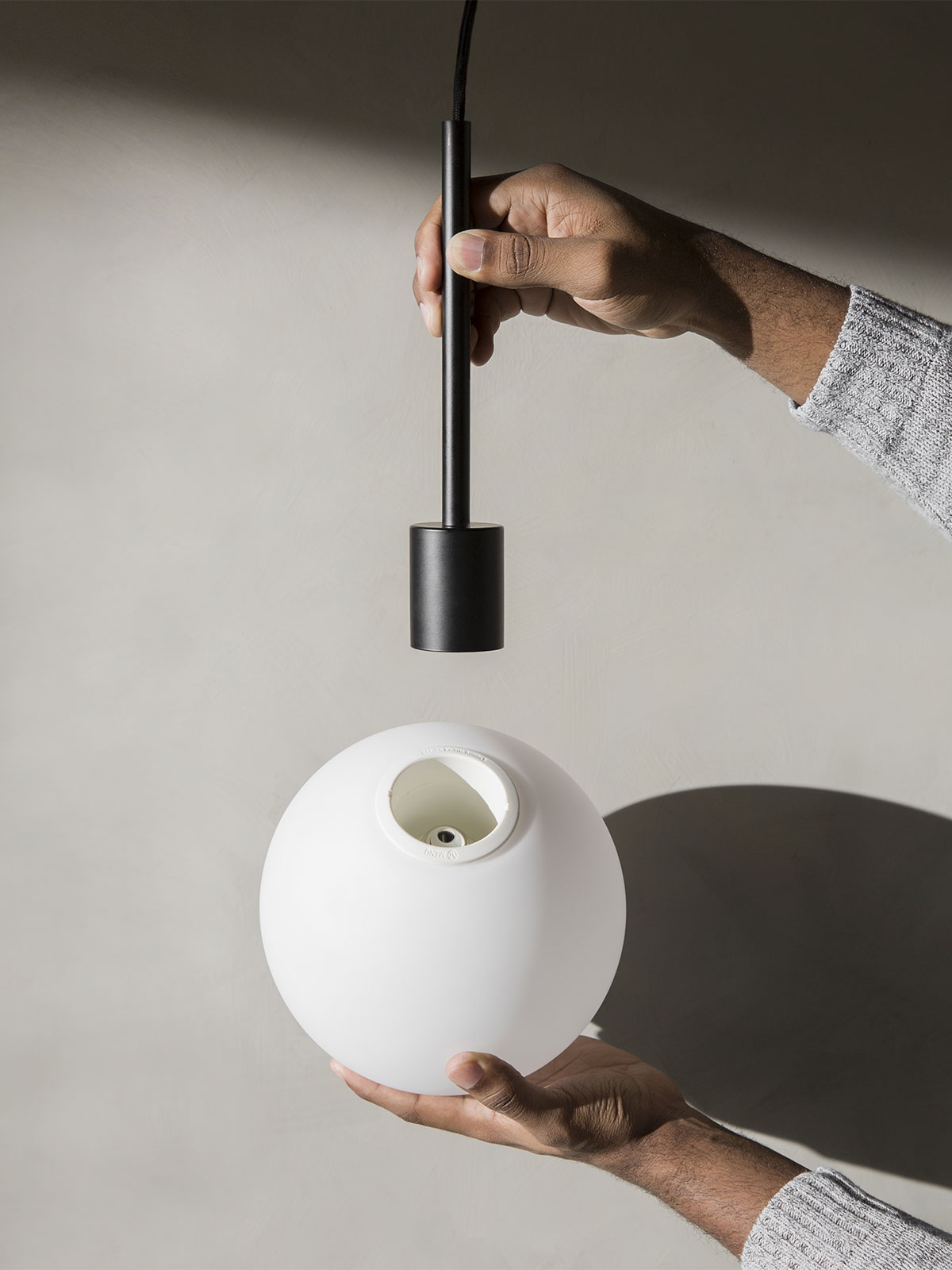
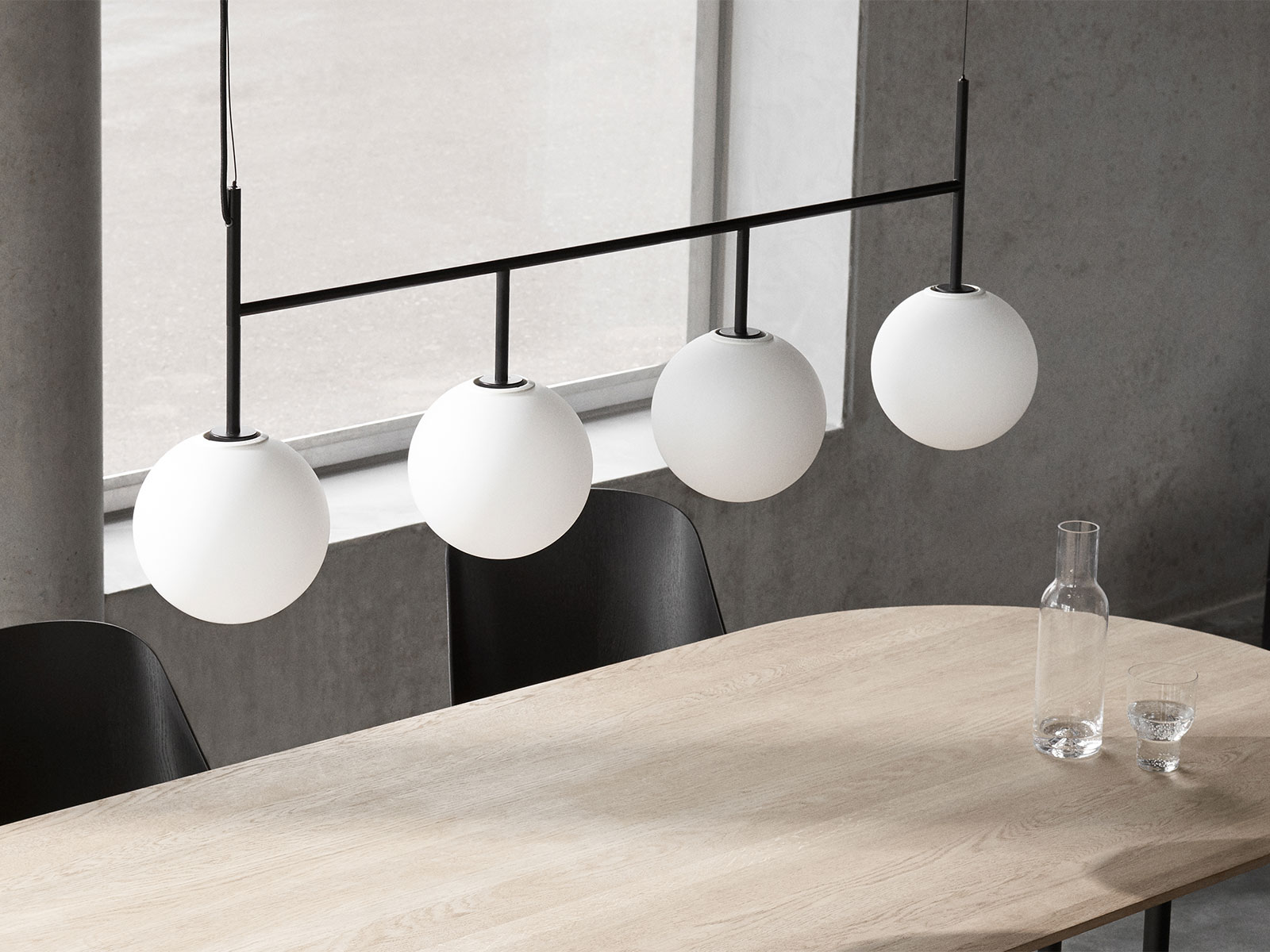

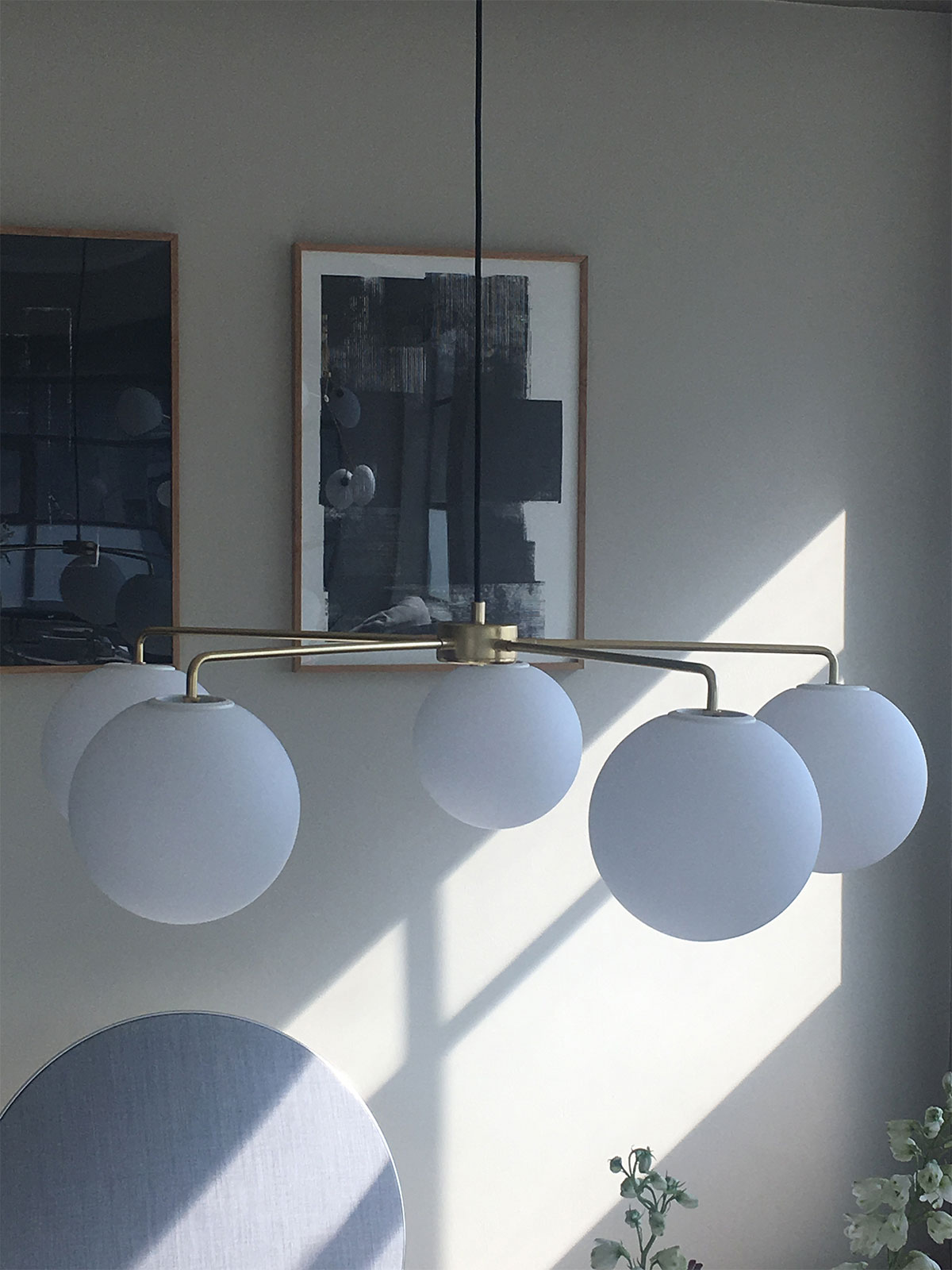
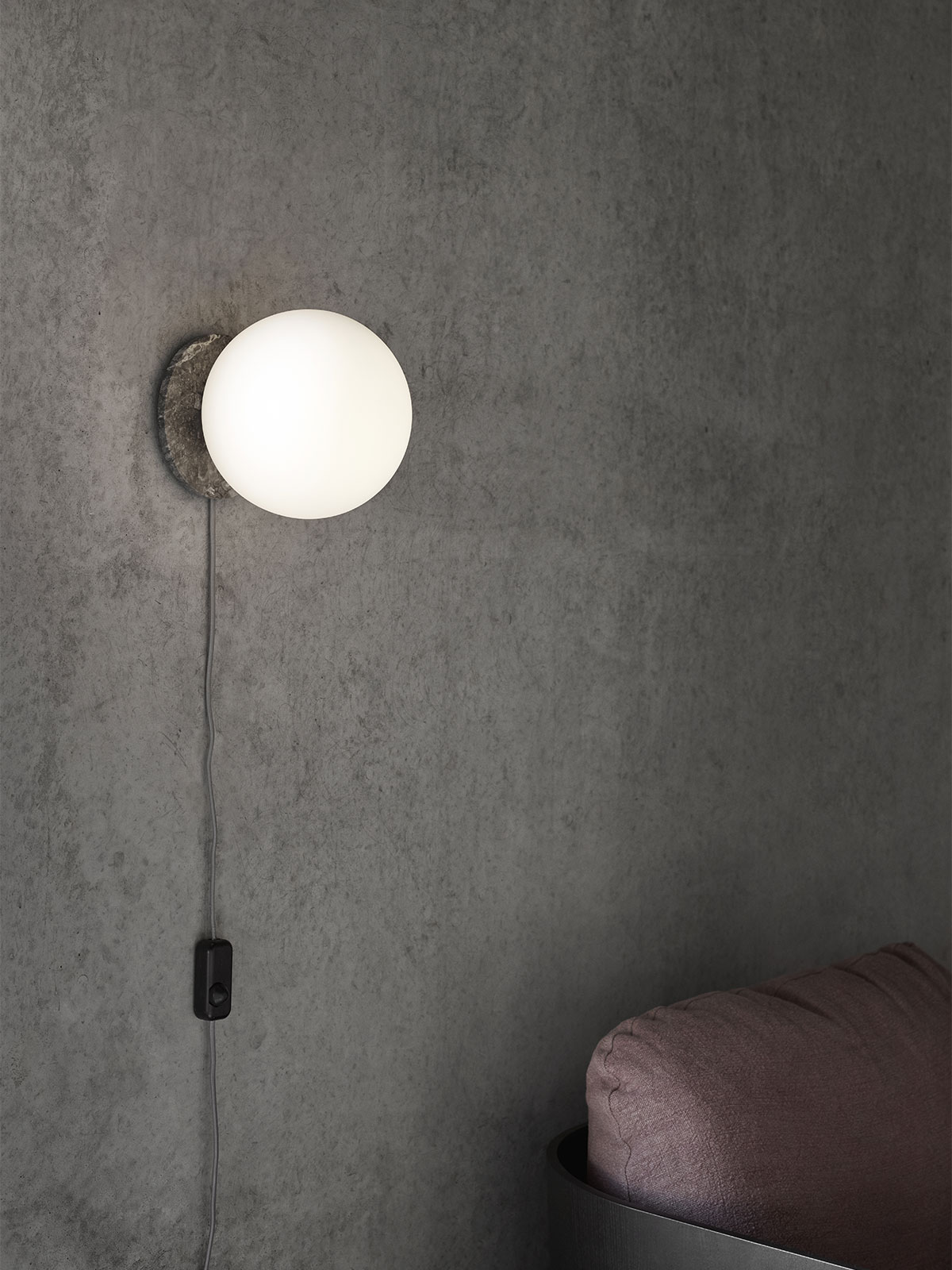
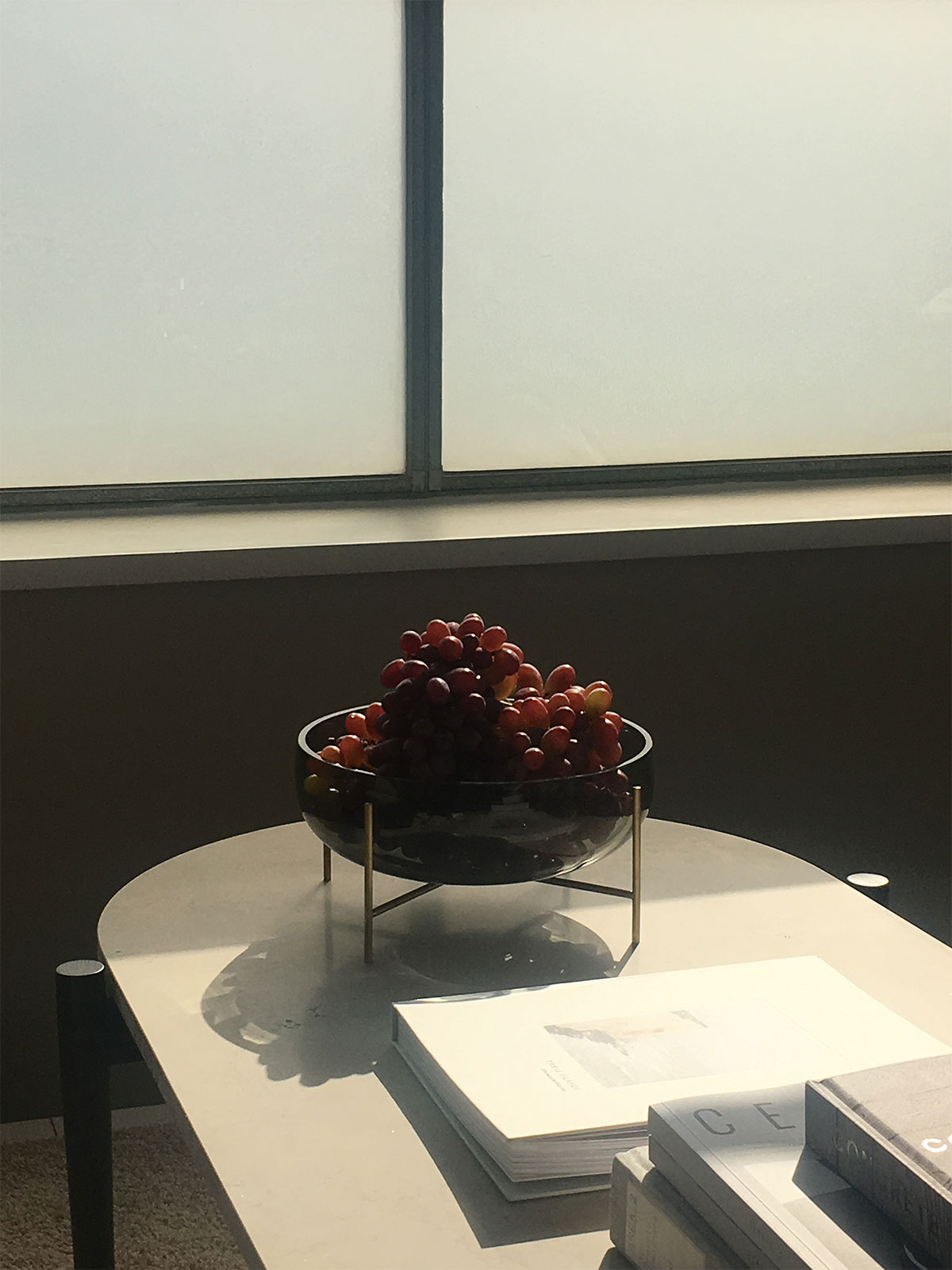



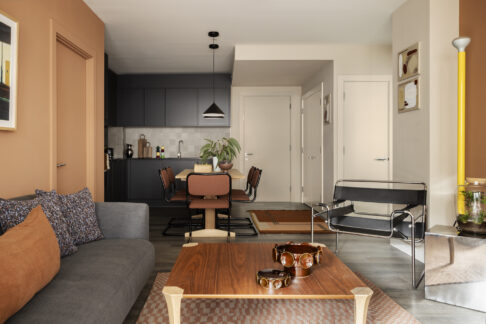 Modern City Living
Modern City Living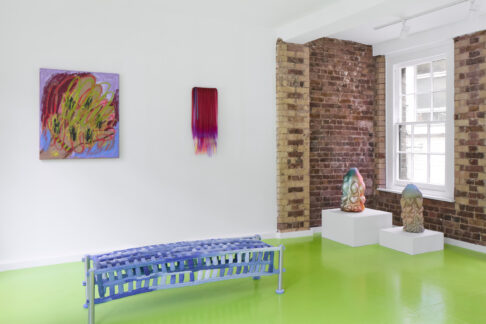 You Can Sit With Us too
You Can Sit With Us too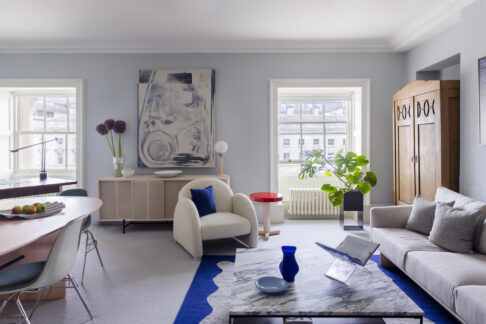 Somerset House
Somerset House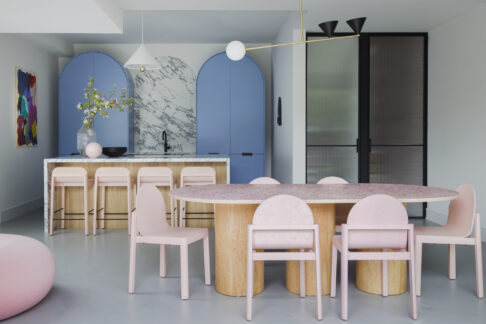 Sunderland Road
Sunderland Road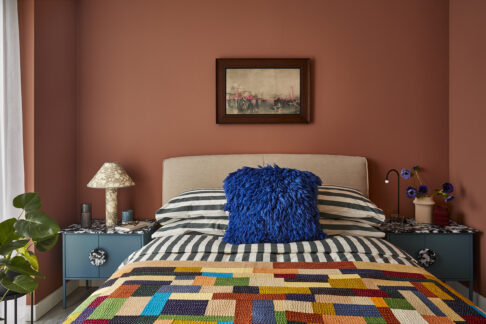 Coppermaker Square
Coppermaker Square